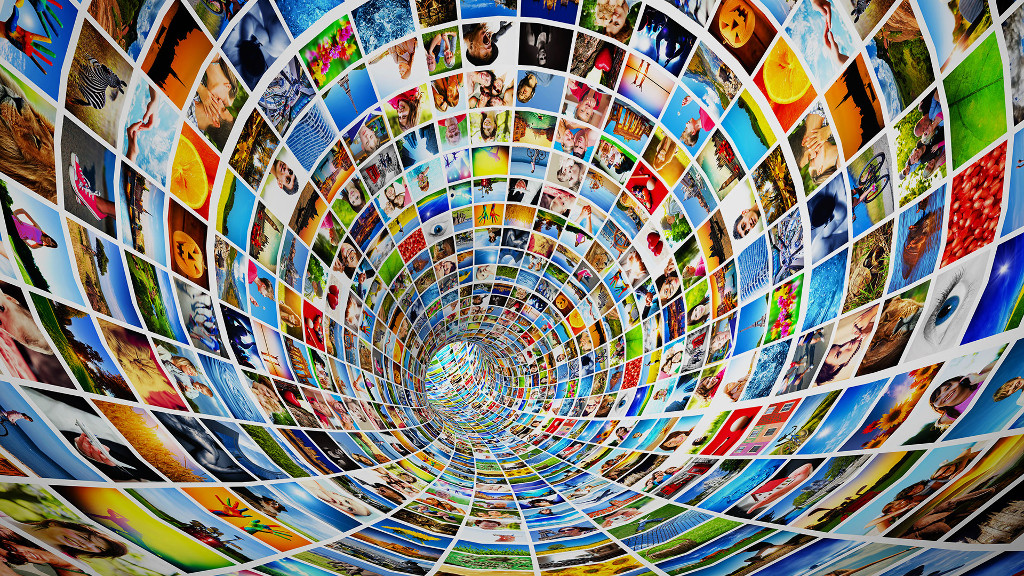The different types of s
Growth of Streaming Video
Streaming media grew exponentially as the price for high-speed Internet connections dropped. Using a standard computer, most people can now access media from other countries that are not available on television. In addition to expanded access, television programs and movies also can be viewed via the Internet, usually without commercials.
The actual television program is owned by the studio or station on which it is broadcast. Increasingly, these media companies are making past episodes available on their websites. Product commercials often are excluded, but the broadcasting company is able to increase its information about customer preferences and the popularity of various shows.
Types of Streaming Video
There are two types of movie streaming media services: paid and free. The paid services broadcast the licensed copy of the movie to subscribers, who can then view it at their convenience via the Internet from anywhere in the world. This is a great benefit for people who travel extensively and want to relax and watch a movie.
Free services usually broadcast pirated or bootleg copies of popular movies. This might include illegal copies or draft versions of the movie. The service is free, but the quality is less than ideal, and in many cases, the service is poor.
Live events can be broadcast public or private using streaming media services. For example, a university graduation ceremony can be made available via streaming media anywhere in the world. There is no risk for the school, because attendance is usually quite limited, and it allows more people to participate in the event.





